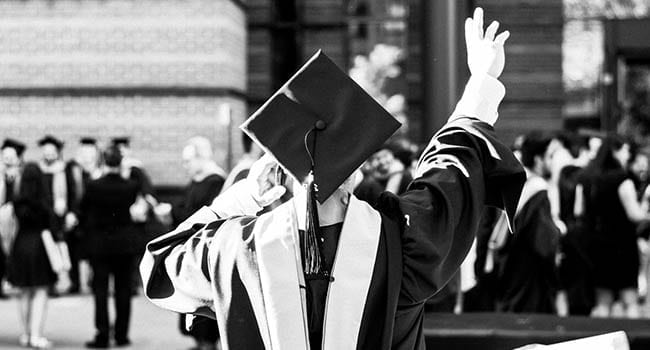By Tegan Hill
and Ben Eisen
The Fraser Institute
One of the great advantages of Canada’s federation is that subnational governments can experiment with ways of providing public services and adopt the best system.

Tegan Hill
In the case of public education (a provincial responsibility), the provinces can look to Quebec and British Columbia to learn about successful models of spending and delivery.
In terms of kindergarten-to-Grade-12 education, a recent Fraser Institute study found that inflation-adjusted per-student spending increased in seven out of 10 provinces from 2012-13 to 2016-17, the most recent year of available Statistics Canada data.
The level of per-student spending varied significantly by province. Quebec ($11,543) and B.C. ($11,879) were the lowest-spending provinces. Saskatchewan ($15,423) and New Brunswick ($14,768) were the highest-spending.

Ben
Eisen
Quebec spent 25 per cent – or $3,880 – less per student than Saskatchewan.
And despite lower levels of spending, students in Quebec and B.C. outperform students in many higher-spending provinces.
According to Programme for International Student Assessment (PISA) scores, the gold standard of international testing, students in Quebec and B.C. outperform students in Saskatchewan and New Brunswick in all three test subjects: math, science and reading. In fact, Quebec and B.C. have consistently led in student performance in Canada.
One explanation may be the very different approaches provinces use to deliver education.
Quebec and B.C. have fairly simple public education systems, relying on independent schools to provide the bulk of educational choice, including religious-based instruction, alternative approaches and content-focused programs such as STEM (science, technology, engineering and math).
Other provinces (including Saskatchewan) offer religious education and other programs within their public schools. And these provinces tend to have a more complex public school system (Saskatchewan has three competing school systems, for example).
In B.C. and Quebec, approximately one in eight students attend independent schools, the highest proportion of all provinces. Less than one in 100 students in New Brunswick attend independent schools, the lowest rate of all provinces.
The Quebec and B.C. governments provide financial support to eligible independent schools. In the Atlantic provinces and Ontario, the government provides no financial support for students attending independent schools.
As a result, Quebec and B.C. rely much less on the public school system to provide choice to students than do other provinces.
Clearly, providing greater educational diversity through independent schools helps these provinces achieve better student performance – at a lower cost.
Provinces should take advantage of one of federalism’s great benefits – the fact that it allows subnational jurisdictions to experiment and innovate with policy models to find out what works.
The combination of strong student outcomes and relatively low costs to government (and taxpayers) in Quebec and B.C. suggests other provinces could learn from their approach.
The evidence suggests many provinces could spend less – and improve student performance – through education reform.
Tegan Hill and Ben Eisen are analysts at the Fraser Institute.
The views, opinions and positions expressed by columnists and contributors are the author’s alone. They do not inherently or expressly reflect the views, opinions and/or positions of our publication.

